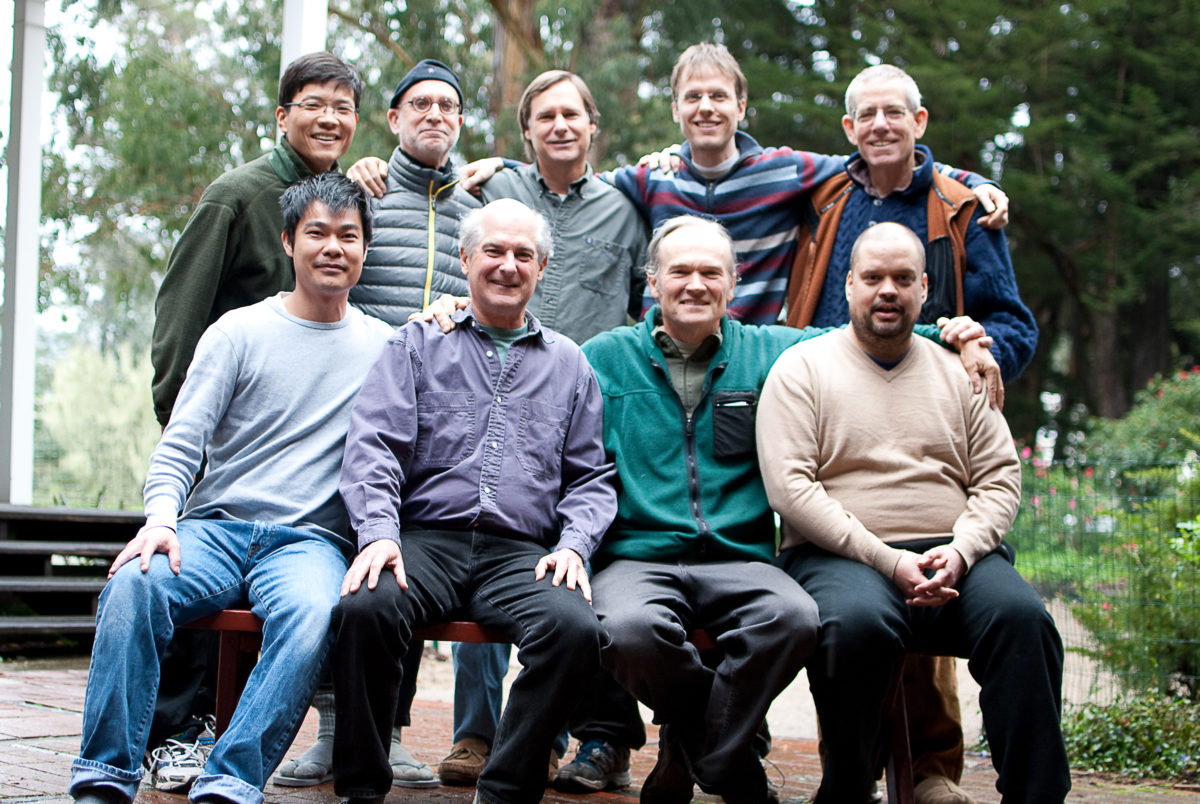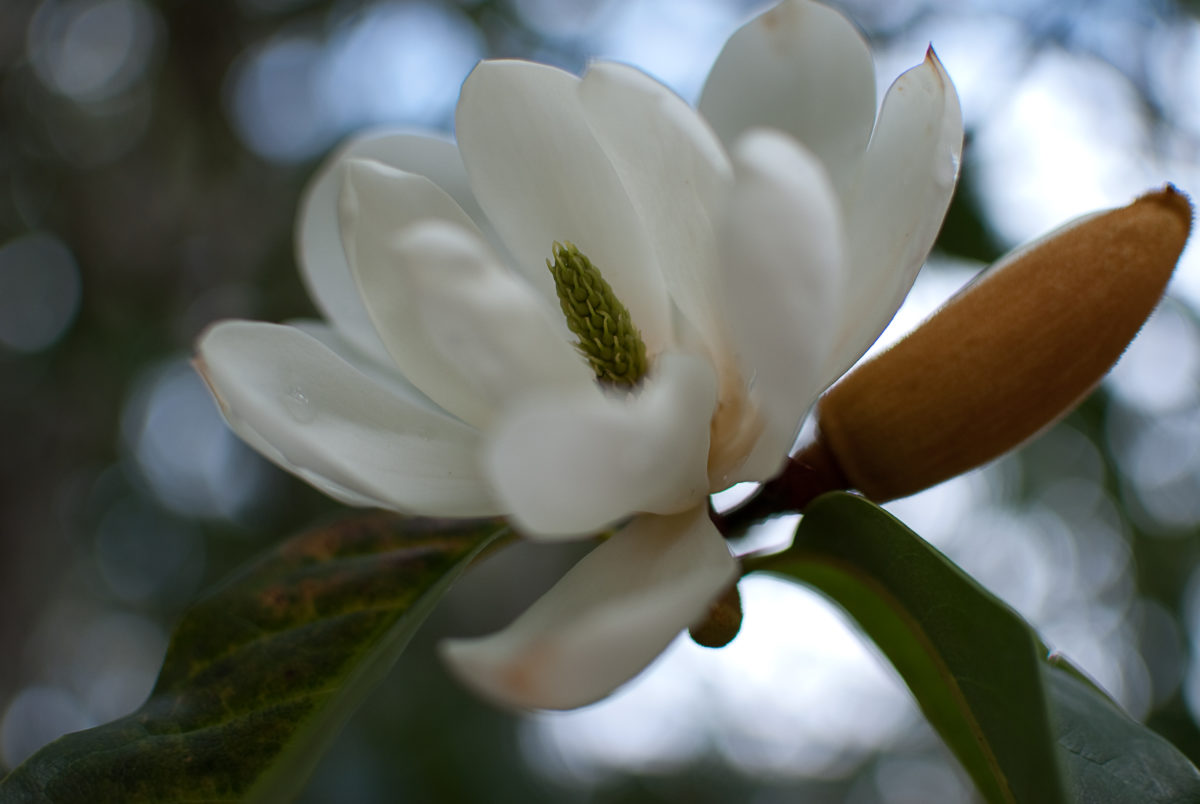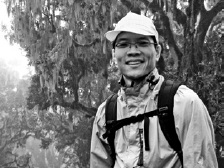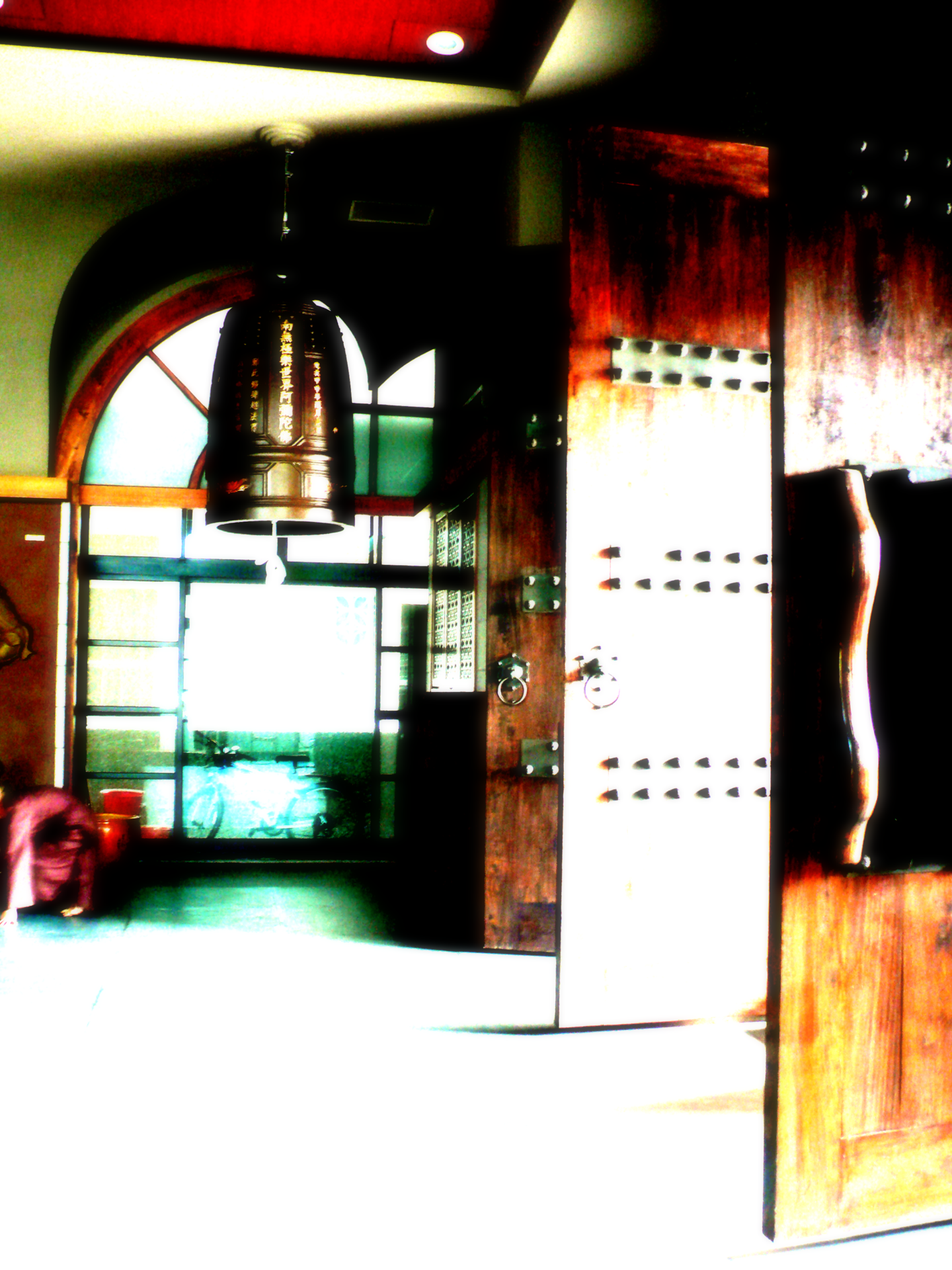By Young Whan Choi

On the second day of the Potluck Sangha retreat in Olema, California, I began to feel at home. Nine men, spiritual brothers, were enjoying our meals in silence, practicing diligently, and sharing the fruits of that practice. A retreat participant had offered us a meditation in the morning. He asked us to see our teacher Thay sitting with us and supporting us.
By Young Whan Choi

On the second day of the Potluck Sangha retreat in Olema, California, I began to feel at home. Nine men, spiritual brothers, were enjoying our meals in silence, practicing diligently, and sharing the fruits of that practice. A retreat participant had offered us a meditation in the morning. He asked us to see our teacher Thay sitting with us and supporting us. Then, he invited us to welcome our monastic brothers and sisters and to feel nourished by their presence. Next, we acknowledged each other—the nine men on retreat and the sixteen sisters practicing nearby—as well as the monks and nuns of the Vedanta Society that hosted us. As I breathed in and out, these words arose from my heart as tears began to form: “Knowing that I am held by the world, I breathe in. No longer feeling lonely, I breathe out.” I was touching my interbeing nature.
The next day, I woke up and wrote two words in my journal: Run away. The feeling of connectedness had passed. Now, I was having uncomfortable emotions and judging myself and others. I felt like leaving rather than face what might be lurking beneath these feelings and thoughts.

Weathering the Waves
Stubbornly, I didn’t drive away. Besides, I’d carpooled so I was stuck. I made up my mind to search for answers and insights. One of our teachers shared with me that our practice has the quality of a sine wave. As we become more stable, we can reach both higher peaks of insight and understanding and lower valleys of pain and grief. Practicing the path of mindfulness means that we are open to a greater range of our life’s experiences. We can embrace more of ourselves while we deflect, avoid, and cover up less. Perhaps my practice was becoming steadier and more able to weather the waves of emotion that were roiling in my store consciousness. This thought was some solace, but I still wanted to run away.
At the next talk, another teacher shared her experiences with the Sangha. I saw the courage and vulnerability of her presence. She cried openly when sharing her own doubts and self-criticism. I felt my own heart pushing through layers of pain that had crusted over like an old scab that was finally falling away. I too had been judging myself. Just that morning, I scolded myself for slightly burning the oatmeal. Then I projected my anger on the Sangha, believing that they did not like the oatmeal I had made for breakfast. And I wanted to fix things, telling myself that I should eat all the leftovers so no one else would have to. But it was not really about oatmeal. The patterns of my life—judging myself, blaming others, trying to make amends, and wanting to run away—were emerging.
Would I run once again or would I stay? I breathed. In doing so, I bypassed my intellect and became more aware of my body. The feelings were scary.
The Path of Healing
One of the layers of suffering in my life has been the alienation I felt because of racism. I grew up in a largely white community and there was ever-present pressure to assimilate. “Your house smells funny.” “Boy, you speak good English.” “When did you come to this country?” “Do you know kung fu?” These were the attitudes and perceptions that I encountered. Without the support of a large Asian community to embrace and celebrate my identity, I spared no effort at trying to fit in, which meant minimizing my Asian-ness and doing what my white peers were doing.
Eventually, belittling myself in this way, I created a tight, sensitive knot in my body. On top of that knot, I added layers of protection—judgment and cool composure—to keep others from hurting me or seeing my pain. Nevertheless, these old hurts were easily triggered by other situations—such as attending a retreat as one of a few people of color. The first few days’ retreat had given me some space to take off a few pieces of this armor, to test the waters, and to open up. My body’s fear of being hurt again was telling me to run away. The silence of the retreat and the encouragement to stay with my body gave me gentle reminders that I was strong enough to touch this suffering. I continued to sit and breathe. I touched grief, and tears nearly always came. I felt the tense parts of my body and smiled at them gently.
In many similar situations, I’d run away emotionally or shut down. One of the legacies of racism in my life had been to distrust white people, to assume that they would not understand, and to judge them for their lack of awareness. While I felt like I was protecting myself by keeping white people at a distance, I was never healing the generations of old hurts, including those of racism. I saw that the path of healing was to stay in the present moment with the painful feelings. On this retreat, I was learning tools and gaining confidence to be with the scariest places in my life.
On the final morning, our meditation was guided by two questions. The first question, “What is your deepest suffering?” allowed me to see that below the alienation of racism were even older hurts, such as feeling like a disappointment to my parents. The next question was, “What is your deepest aspiration?” From an inner place of peace and calm, these words came forth: “My deepest aspiration is to love openly and freely.”

Young Whan Choi, Radiant Forest of the Heart, has been an educator for twelve years in various locations, including Corea, NY, Providence, RI, and currently Oakland, CA. Young Whan practices with The Hellajust and Compassionate Sangha, a people of color Sangha in the Bay Area.

